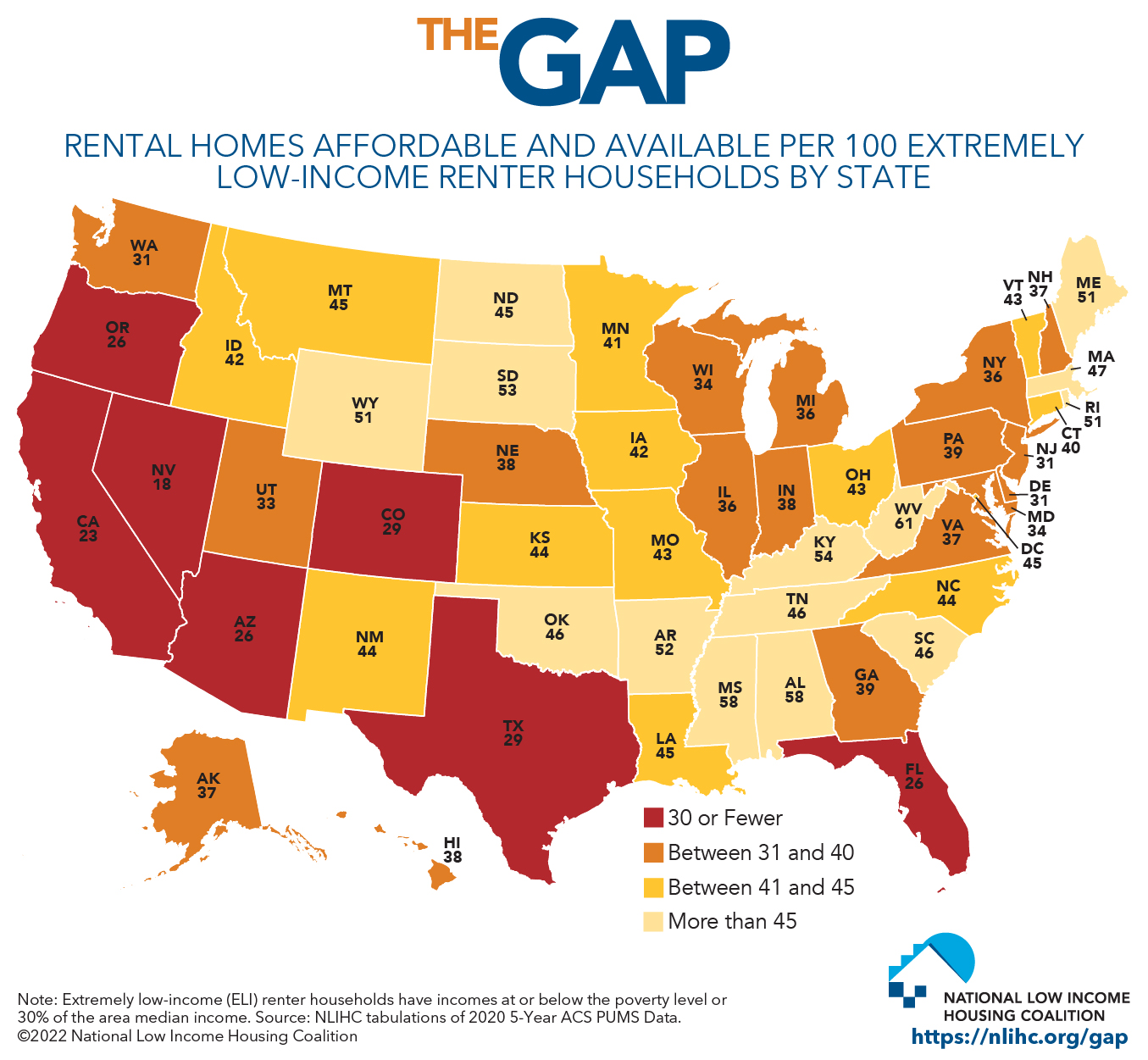America’s Affordable Housing Crisis: A Contract Unfulfilled

The document titled “The Impact of Building Restrictions on Housing Affordability” delves into how various regulatory measures influence the affordability of housing in urban areas. It argues that restrictive building regulations are a significant factor contributing to the ongoing housing affordability crisis in the United States.
Introduction
The introduction highlights a growing consensus among experts that the U.S. is experiencing a severe housing affordability crisis. This crisis is characterized by a rising gap between housing prices and the income levels of many households. The authors assert that building restrictions, including zoning laws and land use regulations, play a critical role in exacerbating this problem by limiting the supply of new housing.
Understanding Building Restrictions
Building restrictions encompass a variety of regulations that govern land use, density, and construction practices. These can include zoning laws that dictate the types of buildings allowed in certain areas, minimum lot sizes, height restrictions, and other requirements that can significantly limit the number of housing units that can be developed. The report emphasizes that these restrictions often arise from local government efforts to maintain community character, protect property values, or manage environmental concerns.
Economic Impacts
The document presents evidence showing that areas with stringent building restrictions tend to have higher housing prices compared to those with more flexible regulations. It notes that when new housing supply is restricted, demand continues to rise, leading to increased prices. This dynamic is particularly evident in high-demand urban areas where population growth outpaces the ability to build new homes.
Case Studies and Evidence
The report includes case studies from various cities to illustrate the impact of building restrictions on housing affordability. For instance, cities like San Francisco and New York are highlighted as examples where stringent zoning laws have resulted in significant shortages of affordable housing options. The authors cite data indicating that these cities have seen substantial increases in both rent and home prices over time, correlating closely with the implementation of restrictive zoning policies.
Policy Recommendations
To mitigate the impact of building restrictions on housing affordability, the authors propose several policy recommendations:
- Zoning Reform: Local governments should revise zoning laws to allow for higher-density developments and mixed-use projects. This would enable more housing units to be built in desirable areas.
- Streamlining Permitting Processes: Simplifying and expediting the permitting process for new construction can help reduce delays and costs associated with bringing new housing online.
- Encouraging Affordable Housing Development: Providing incentives for developers to create affordable housing units can help address shortages in low-income housing options.
- Community Engagement: Engaging local communities in discussions about development can help balance the need for new housing with residents’ concerns about maintaining neighbourhood character.
Conclusion
In conclusion, the document underscores that building restrictions significantly contribute to rising housing costs and the overall affordability crisis in urban areas across the United States. The authors argue that addressing these restrictions through thoughtful policy reform is essential for increasing the supply of affordable housing and ensuring that all residents have access to suitable living conditions. The report calls for collaborative efforts among policymakers, urban planners, and community members to create more inclusive and flexible regulatory frameworks that promote sustainable development while meeting the diverse needs of urban populations. By reforming building restrictions and enhancing community engagement in planning processes, cities can work towards alleviating the pressures on housing affordability and fostering more equitable urban environments.
Further reading:
The U.S. is now short 4.5 million homes as the housing deficit grows zillow.mediaroom
Hitting Home: Housing Affordability in the U.S. | Econofact econofact
